Keage Incline: Kyoto’s Secret Cherry Blossom Spot
There are many places in Kyoto where you can enjoy gorgeous cherry blossoms. One example is the Keage Incline. Not only are the cherry blossoms there beautiful, but it is also a historic place that helped modernize Kyoto City.
Building the Lake Biwa Canal
When Emperor Meiji moved the capital from Kyoto to Tokyo in the Meiji Period, Kyoto quickly began to decline. In order to help revitalize Kyoto, the prefecture decided to make the Lake Biwa Canal. Though there was already a manmade waterway from Lake Biwa, they planned to use the additional water to generate electricity, which would, in turn, be used to power the city’s tram system. Furthermore, the old waterway and the new canal could not only ferry materials from cargo ships but also people.
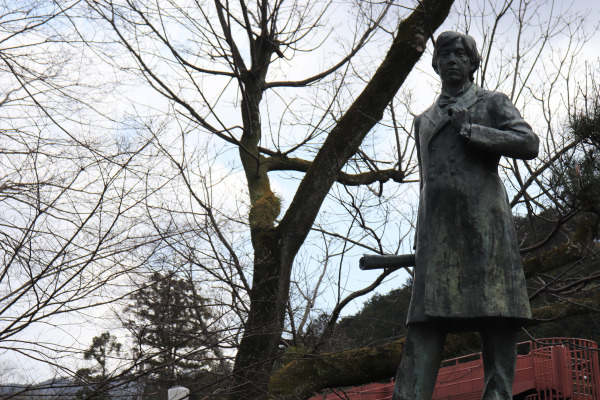
However, there was only one problem: the area around Keage was simply too steep for ships to sail along. So, they decided to make an inclined railway that would carry the ships up the steep slope. Sadly, after the railway was complete, hardly anyone relied on ships to transport goods anymore. Though the railway did prove useful for a time, it wasn’t long before the railway became defuncted (1948).
Today, the area commonly known as the Keage Incline is one of the most famous cherry blossom spots in Kyoto City.
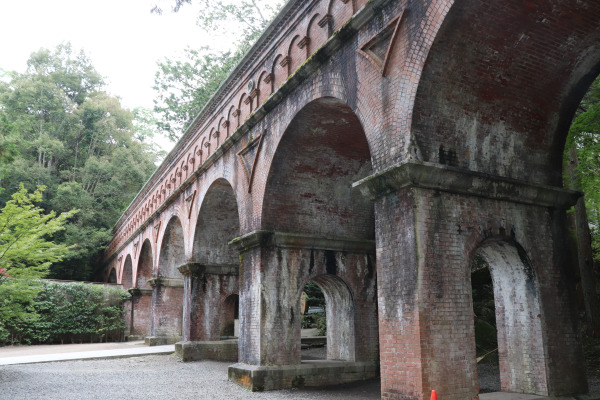
The Keage Incline
The closest station to the Keage Incline is the Tozai Keage Station off the Kyoto City Subway. While Keage is a very popular area because of Nanzen-ji and Eikando Temple (FYI Nanzen-ji is one of the most famous fall foliage spots in Kyoto), during the spring many people get off here to see cherry blossoms along the Keage Incline. From the station, it is only a short walk to the Keage Incline.
The Keage Incline is a long 582-meter slope. There are only about 100 cherry blossoms along the Keage Incline, but since there are cherry trees on either side of the slope, you might not realize it. It is really truly a lovely spot.
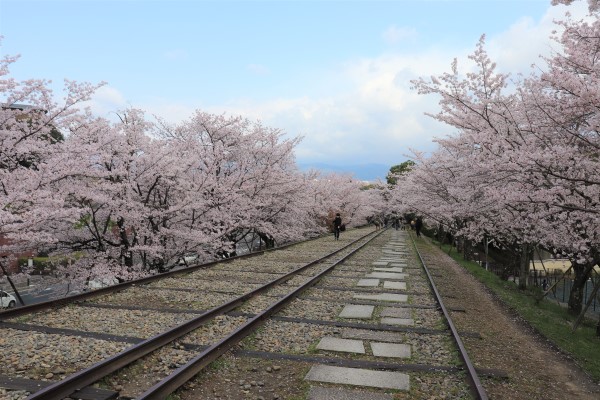
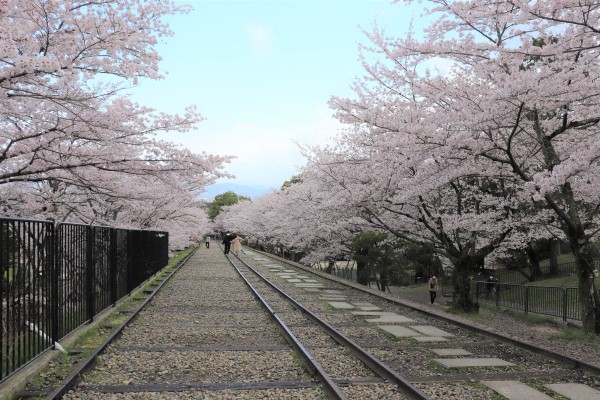
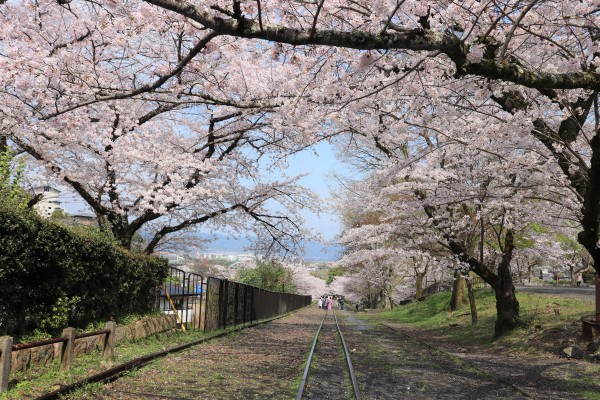
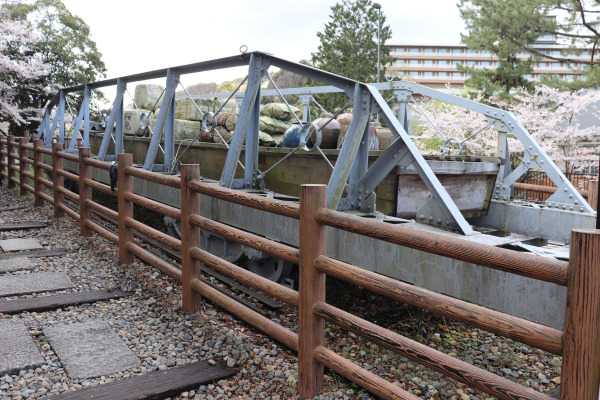
If you go further up the slope, you can see the tunnel of Lake Biwa Canal. The one with the pump station is Canal No.1 and the other one, which you can barely see, is Canal No.2, both of which flow from Lake Biwa to Keage through long tunnels. Merging in Keage, No.1 and No.2 flow into the Keage Power Plant.
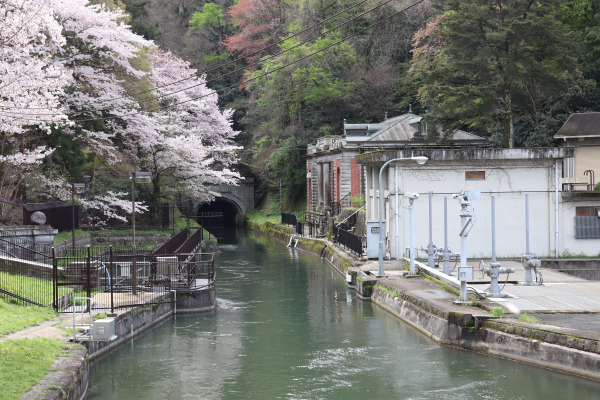
I heard there is a boat ride that can take you to the Lake Biwa Canal from Keage, and then to Lake Biwa (i.e. Otsu), but it is 5,000-8,000 per person….it might be fun but it is a little pricy.
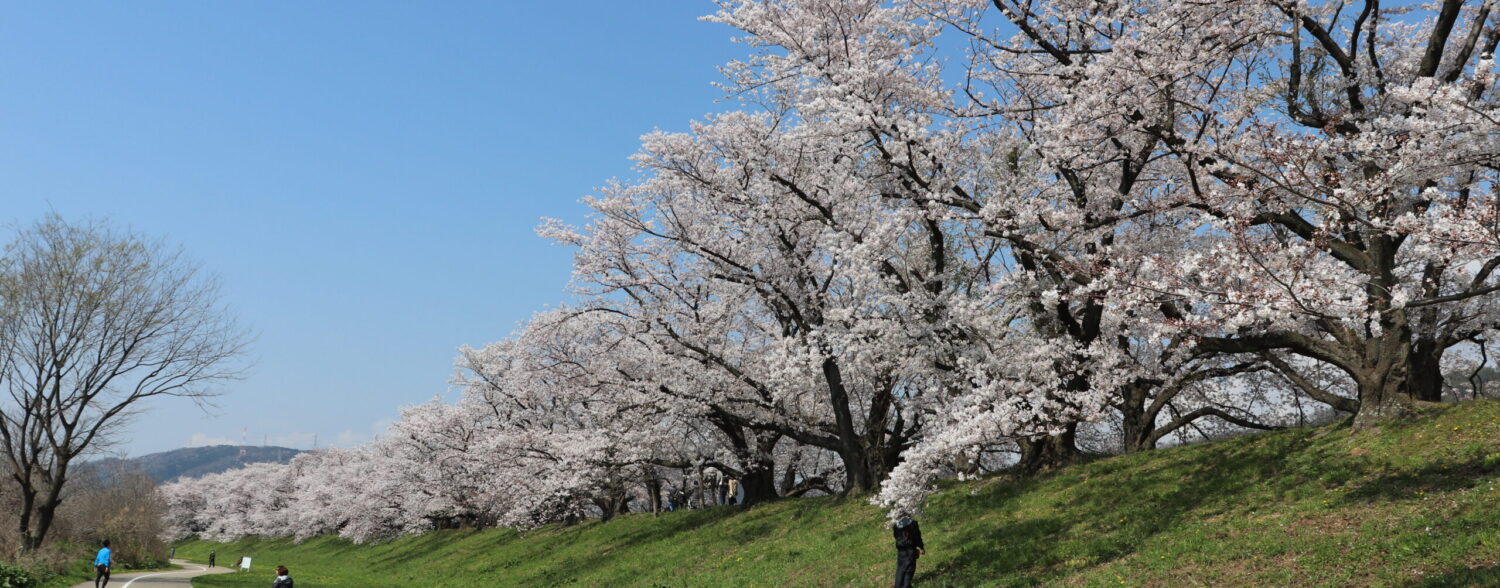
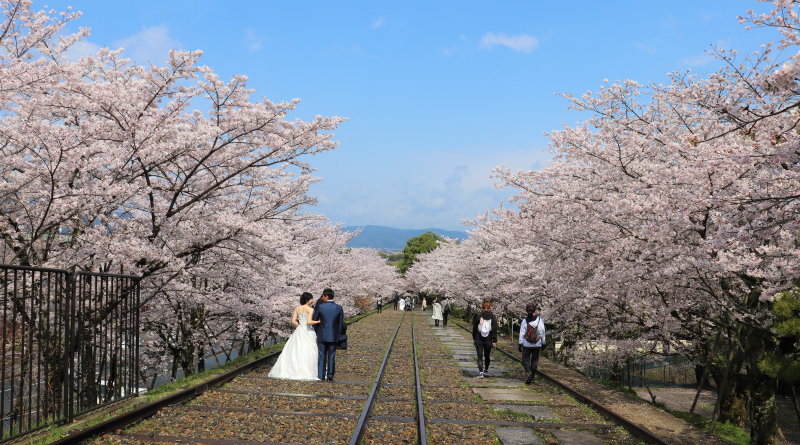
Leave a Reply